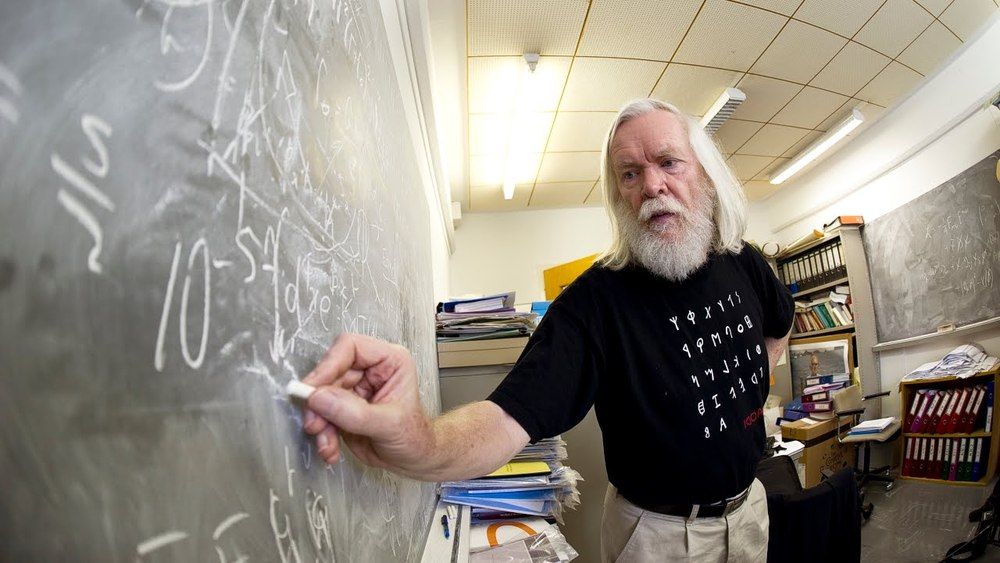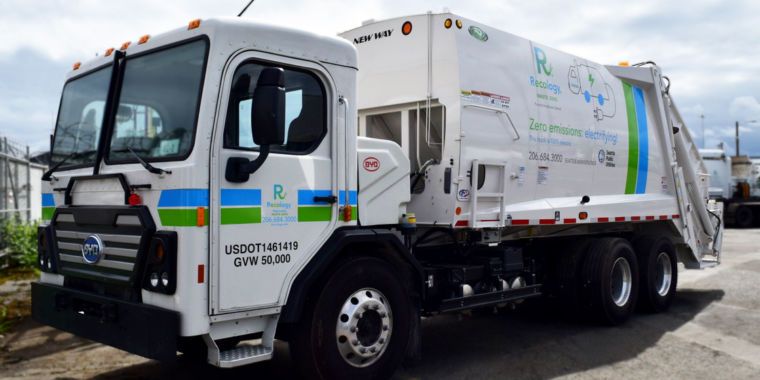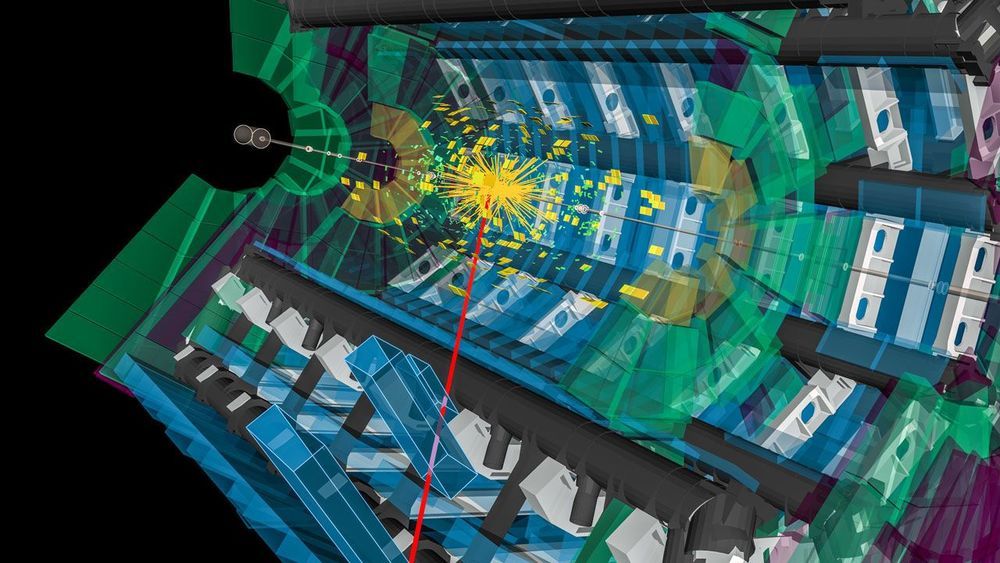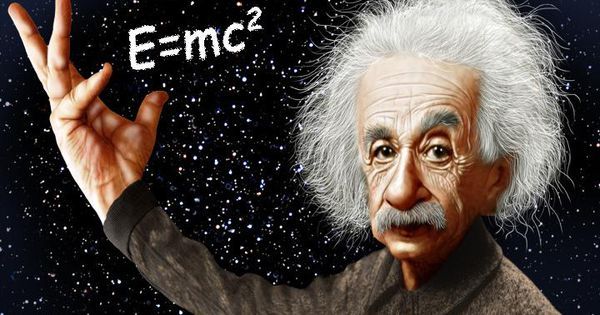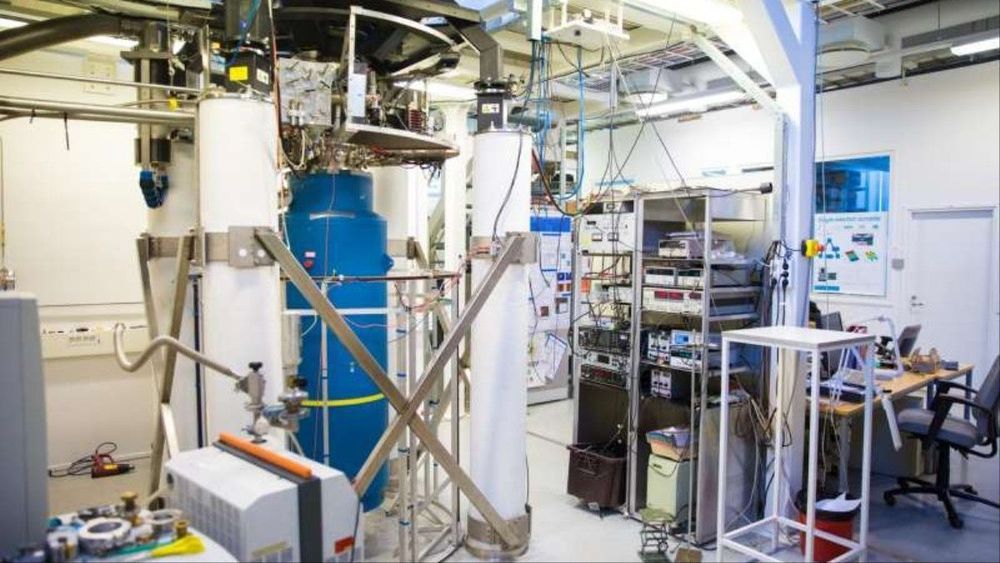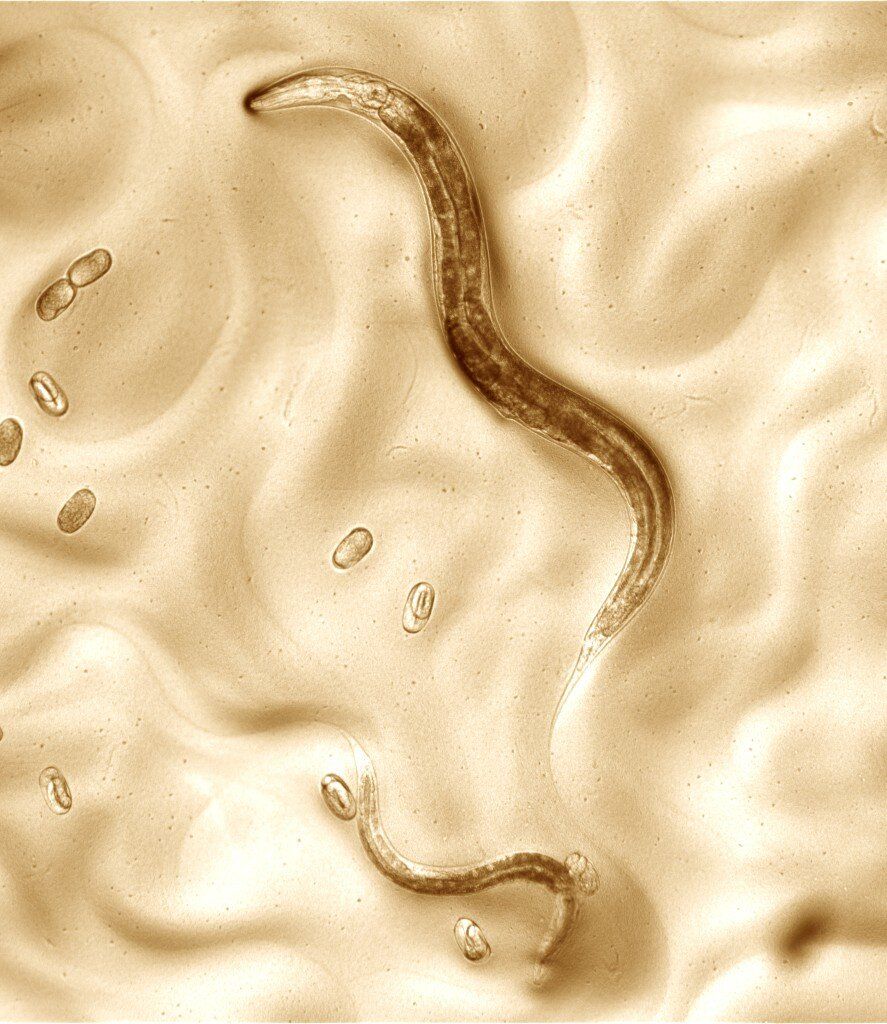Local health officials say cheap charlatans are likely using contaminated equipment.
This is an article in New Scientist that’s being shared in social media which says it’s a new caclulation of the future of the Universe according to the theory of false vacuum. It’s scaring many people because when you read it as far as it goes, before you have to pay to read, it doesn’t give a timeline, so they think it could happen any moment. Also, because it says “there’s a chance” that it has already collapsed in a distant corner of the cosmos. I’m writing this as part of a series of posts to help people scared of false or exaggerated doomsdays, which often get to the top of Google, Apple News and Facebook trending and are read by many people who have no idea how to take them including children as young as 14 and sometimes much younger. They can get very scared about these stories, have panic attacks and are sometimes suicidal because they can’t bear the fear.
Short Summary
Despite this, electric garbage trucks are still few and far between. BYD’s main competitor is Motiv Power Systems, which has sold small fleets of class 8 side-loading garbage trucks to Los Angeles and Sacramento, California. Wrightspeed, which was also making hybrid-electric garbage trucks—featured in this article from 2015—appears to have gone dormant, despite a contract to supply the New Zealand cities of Auckland and Wellington. And recently, Volvo announced a battery electric garbage truck, the FE Electric, although it appears to be limited to the European market.
E=m c
Albert Einstein proposed the most famous formula in physics in a 1905 paper on Special Relativity titled Does the inertia of an object depend upon its energy content?
Essentially, the equation says that mass and energy are intimately related. Atom bombs and nuclear reactors are practical examples of the formula working in one direction, turning matter into energy.
Forget stitches and old-school sutures. The Air Force is funding scientists who are using nano-technology and lasers to seal up wounds at a molecular level. It might sound like Star Trek tech, but it’s actually the latest in a series of ambitious Pentagon efforts to create faster, more effective methods of treating war-zone injuries. Last \[…\].
A new Cornell University-led study finds that the genome for a widely researched worm, on which countless studies are based, was flawed. Now, a fresh genome sequence will set the record straight and improve the accuracy of future research.
When scientists study the genetics of an organism, they start with a standard genome sequenced from a single strain that serves as a baseline. It’s like a chess board in a chess game: every board is fundamentally the same.
One model organism that scientists use in research is a worm called Caenorhabditis elegans. The worm—the first multicellular eukaryote (animal, plant or fungus) to have its genome sequenced—is easy to grow and has simple biology with no bones, heart or circulatory system. At the same time, it shares many genes and molecular pathways with humans, making it a go-to model for studying gene function, drug treatments, aging and human diseases such as cancer and diabetes.


